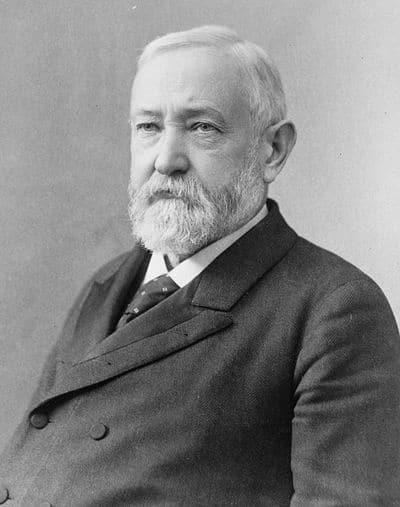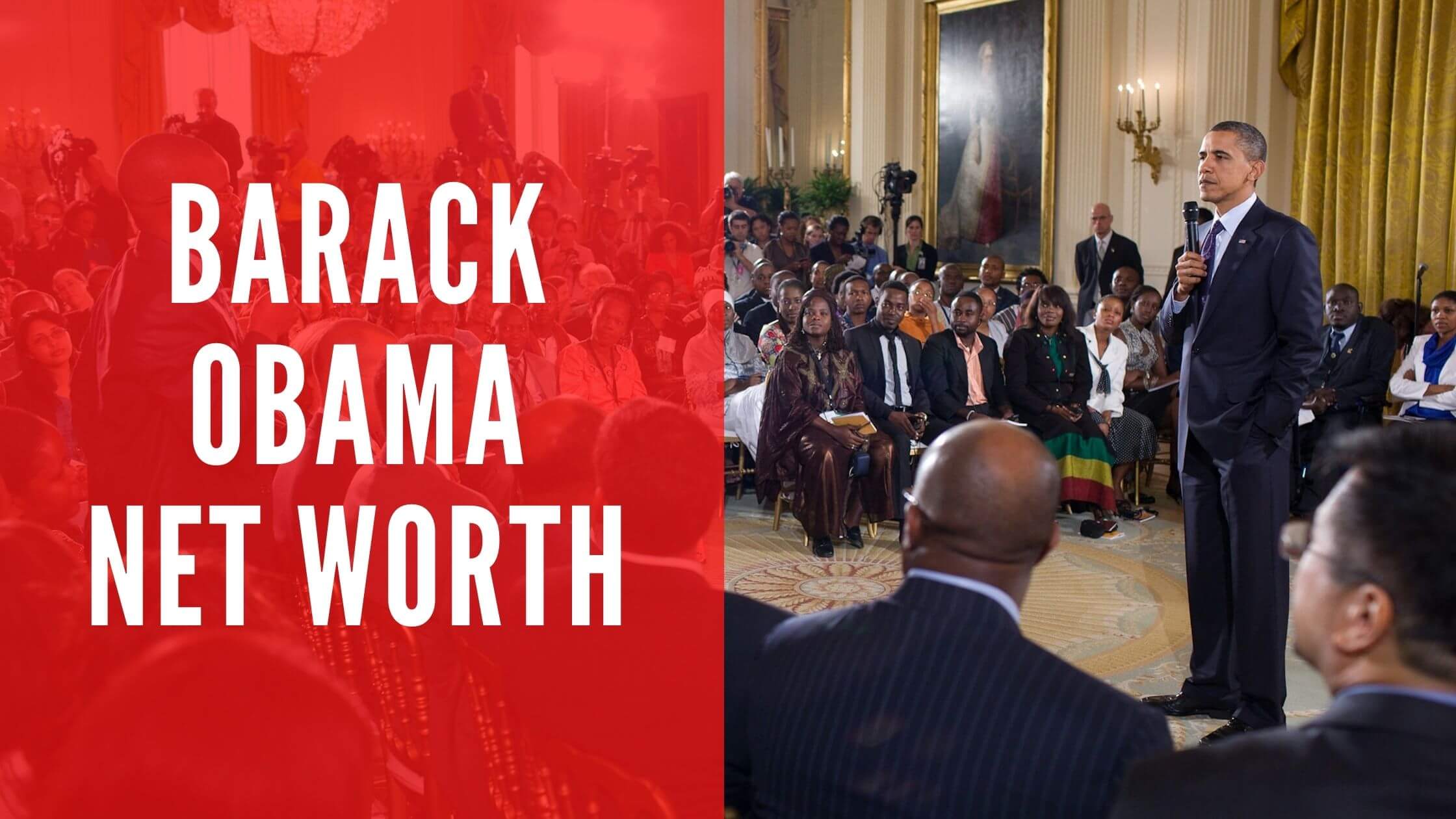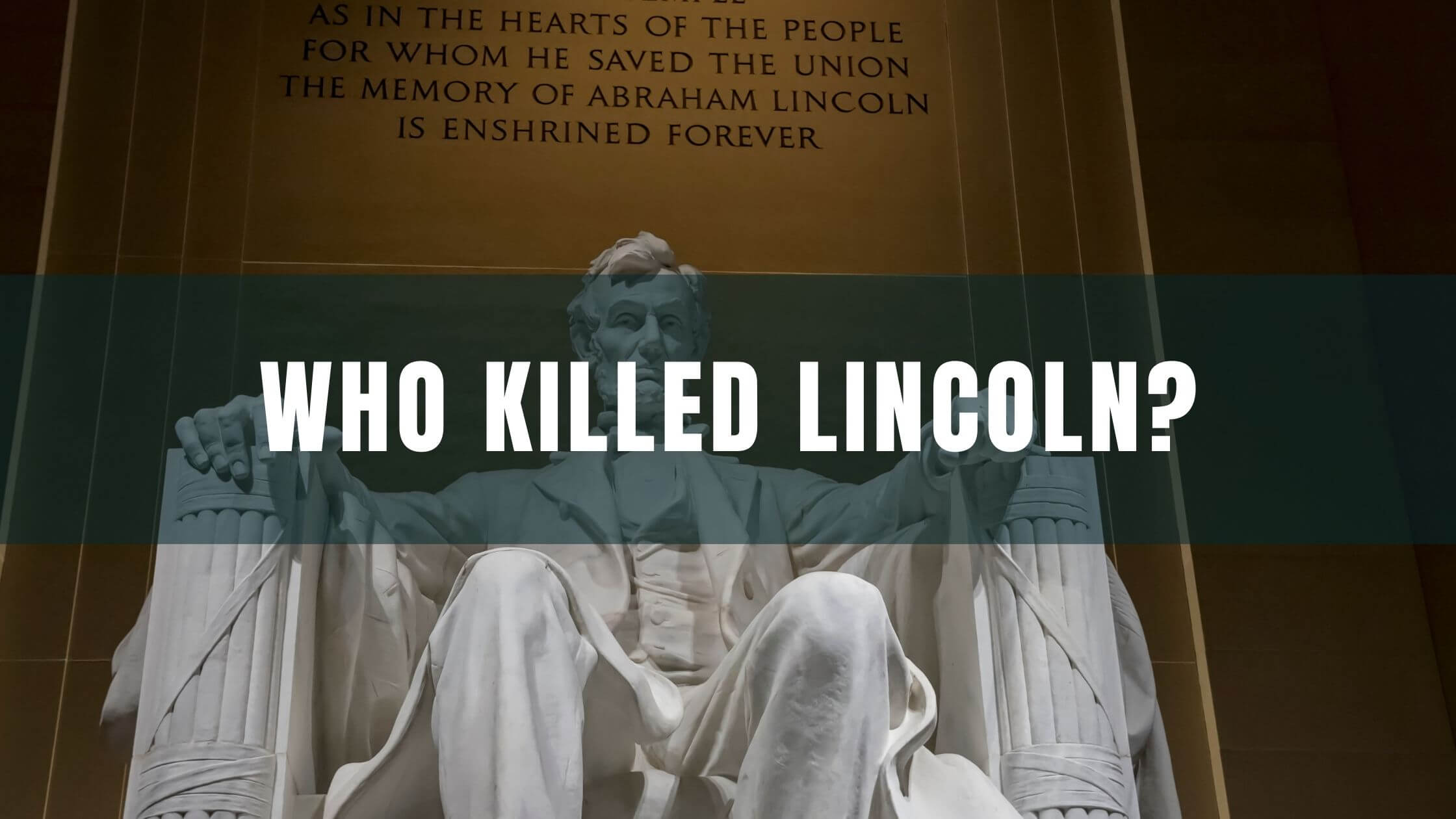Table of Contents
ToggleWhen was Benjamin Harrison born?
Benjamin Harrison was born in 1833.
Where was Benjamin Harrison born?
Benjamin Harrison was born in North Bend, Ohio.
How old was Benjamin Harrison when he became president?
Benjamin Harrison was elected at the age of 55.
What years was Benjamin Harrison president?
Benjamin Harrison was president from 1889 – 1893.
When did Benjamin Harrison die?
Benjamin Harrison died at the age of 67 in 1901.
How did Benjamin Harrison die?
He died of pneumonia.
When most people think about Presidents of the United States, Benjamin Harrison is one that is often overlooked. His name isn’t widely spread through history books and he isn’t considered one of the top Presidents to ever hold that position.
Benjamin Harrison was the 23rd President serving from 1889 to 1893. His presidency term falls between the two terms of President Grover Cleveland.
His family has a long history in politics and establishing a legacy for the government. His grandfather, William Henry Harrison, was the 9th President of the United States.
His great-grandfather was Benjamin Harrison V who signed the Declaration of Independence along with the other Founding Fathers. Harrison took his role seriously and tried to be fair with his decisions as President. He was 55 years old when it took office.
Early Years
Harrison was born on August 20th, 1833 in Ohio. His parents had a total of 10 children, creating a busy but joyful household. He was the second born and only 7 years old when his grandfather was elected President.
His father was involved with congress and a hard-working farmer. Any additional money earned was used to pay for the children to be educated.
As one of the older children, he was often in a position to pass along his educational knowledge. He would share information and tutor his younger siblings to help the family get as much value from the education their parents paid for as possible. The goal was to make sure they were all prepared to enter into post-secondary education down the road.
Education
Education was an important part of his upbringing. Harrison had excellent tutors as a boy and attended the best schools. He completed his law degree at Miami University located in Oxford, Ohio. After graduation, he moved to Indianapolis where he became known as one of the top attorneys.
He was involved in the Presbyterian Church and soon become a well-known leader within it. The church is where he met his first wife.
His father-in-law was also very active in the church and he was able to navigate through the ranks with his guidance. At the same time, he became interested in various political causes around Indiana. He would soon decide to take a backseat in the church to pursue a political career path.
He married Caroline Mary Scott in 1853 and the couple remained together until her death in 1892. They had three children together. He married Mary Dimmick in 1896 and they were together until his passing in 1901. She lived a long life, passing away in 1948. She was 25 years younger than him, and the niece of his first wife.
Path to the Presidency
From the time Harrison was a small child, he was around political discussions. They were a common topic in his family home and with his grandparents. He met various political figures and leaders who were involved with talking to his family. He was never intimidated by the name of someone or their leadership role. Instead, he focused on creating valuable relationships and finding solutions to problems.
His desire to help others and attention to detail helped him create valuable strategies. He served in the union army as a colonel during the American Civil War. In 1865 he became the leader of volunteers, a position appointed to the US Senate. He ran for governor of Indiana in 1876 and won the seat. From 1881 to 1887 he was part of the US Senate. He also had some defeats along the way.
He ran for President as part of the Republican Party. In an interesting spin on history, he ran against President Grover Cleveland. Harrison would win the election but four years later, the two would run against each other a second time. Cleveland won and completed a second term as President.
He had grown up in a family that belonged to the Whig political party. Many were surprised he took up with the Republican Party. Yet his understanding of both gave him the ability to negotiate and to see the stand of other parties on various topics. This enabled him to communicate well and people often listened to what he had to share about a topic.
Harrison was the first President to enjoy the luxury of electricity while in the White House! Another first for him was becoming the first President to ever have his voice recorded. The world was starting to experience these forms of technology and they helped him to get his messages heard.
Before the ability to record, campaigning for office often included talking outside of his home. It also included writing letters that were published through various outlets. With the recordings, people could hear the information at a later time if they weren’t present when the talks occurred.
Accomplishments
During his time as President, Harrison was able to improve the economic status of the United States. Two of the projects he was able to successfully carry out include the McKinley Tariff and The Sherman Antitrust Act.
McKinley Tariff
The McKinley Tariff helped to protect trade rates. The rate was almost 50%.
Sherman Antitrust Act
The Sherman Antitrust Act helped to prevent those with lots of money or power from creating a monopoly. This improved trade and helped improve economical competition.
Both of these accomplishments meant there was a surplus in the federal budget. The tariffs brought in more than anticipated. However, this would also be his downfall.
Cleveland was able to gain votes in the following election by promising to lower the tariffs. The surplus funds were often frivolously spent, rather than applying them to necessary needs.
Harrison was always an avid enthusiast of the outdoors. He enjoyed outdoor activities, including hiking. His favorite childhood memories were of hunting and fishing with his family.
During his time in office, he created the National Forest Reserves. This was created by amending the Land Revision Act of 1891. This protected various land and forest areas from the logging industry coming in and destroying all of it.
Six additional states were added to the union during his presidency.
They are:
- Idaho
- Montana
- North Dakota
- South Dakota
- Washington
- Wyoming
These new states needed help from the federal government so they could grow and be prosperous. Many of these states had open plains with nothing established on the land. With the help of Harrison and his administration, many of the areas became usable in these states. Some of the land was used for farming and others for ranching. Some of it was turned into a place for the production of goods, fisheries, and lumber production.
This also spurred an interest in the land by big companies including the railroad. Harrison gave them land they could build upon to help these locations grow and expand. Water, power, and communication resources had to be put in place along with the transportation.
The United States Navy was improved during his time in office. Harrison felt this would further ensure imports and exports coming and going from the US wouldn’t be interfered with.
He also felt it gave the country a chance to strengthen weak areas when it came to being able to defend it. Harrison worked hard to secure fair and clear foreign policies, but he didn’t want to take any chances. In his eyes, the country shouldn’t ever be a vulnerable target.
The Navy played a vital role in settling a dispute for fishing in the waters of Canada and the Alaskan coast. The Navy took control over many Canadian ships while the negotiations were taking place. The discussions ended on good terms and the British government paid the US for the losses caused by the situation.
Meat into Europe
Before he took office, there was a ban in Europe on any meat coming from the US. They worried about various forms of illness due to food-borne pathogens and parasites.
Harrison worked closely with leaders in France and Germany to restore the ability to send meat into Europe. Congress passed the Meat Inspection Act to ensure the safe processing, handling, and shipping of such products.
Immigration into New York
During his last year in office, Ellis Island in New York became the official entry point for immigrants to come to the country. From 1888 to 1892 more than 5 million immigrants used this entry point into the country. It was considered to be one of the largest immigration movements in the history of the United States.
Failures
The Harrison administration had big ideas for revamping education. The goal was to create more opportunities for poor and middle-class families. His efforts to gain additional federal money to use towards those educational programs were never approved.
He tried to offer solutions to the debate about African Americans and their right to vote. His plan gave more of them the opportunity to vote. It was difficult to mandate those rights, and in many locations, African Americans didn’t get to vote despite a legal right to do so. He put plenty of time and energy into this plan but wasn’t able to make anything materialize from it.
His time in office is one of controversy, with many historians pointing out corruption. While the McKinley Tariff did increase the federal funds available, there are debates among scholars about the validity of it. They tend to be divided about it being necessary to help the country or it being a way to extort money and give the government more power.
While Europe was still on the fence, Harrison worked with the Agriculture Secretary to create leverage. The US let it be known if Europe didn’t start accepting meat from the US again they would stop accepting any beet sugar from Europe. The economic downfall of this would have been disastrous. An agreement was made to allow the products to be exchanged between the two countries.
A couple of weeks after his inauguration, the Indian Territory in Oklahoma opened up. Almost 2 million acres were available for people to claim a stake and put down roots. More than 20,000 people did just that the first day it was available and all of the available land was claimed by someone.
While this was already in motion before he took office, he takes the downfall for so much of the Native American land being taken from them. His administration also completed the land deal for an additional 1.8 million acres to be taken from the Crow Indian Reservation in 1892.
This has earned him a place in history as one of the leading Presidents to push Native Americans out of their homelands.

Get Smarter on US News, History, and the Constitution
Join the thousands of fellow patriots who rely on our 5-minute newsletter to stay informed on the key events and trends that shaped our nation's past and continue to shape its present.
The Battle of Wounded Knee took place under Harrison’s presidency. This was the last stand of the Sioux Indians. They didn’t want to be pushed out any longer. They took part in rituals known as the Ghost Dance. They believed this would remove the white people from their land and return it to them.
Instead, federal troops thought they were under attack when they came up against a group of Sioux Indians. They weren’t violent but they left the reservation. Unfortunately, more than 150 Sioux were massacred. This included men, women, and children. They were greatly outnumbered by the troops. The US troops lost 25 soldiers in the battle.
After his Term in Office
Harrison fully intended to spend two terms as President of the United States. When he lost his second election, he returned to Indianapolis and went back to practicing law. He had some significant cases during this time. In 1899 he was a representative for Venezuela when it was disputing the boundary of the UK with British Guiana. He spent a great deal of time in Paris while working on the case.
He continued to practice law until his health took a turn for the worst. He passed away on March 13th of 1901 at home in Indianapolis. He was sick for a few months from influenza and didn’t fully recover. His body was weak and he developed pneumonia which he was not able to recover from.











